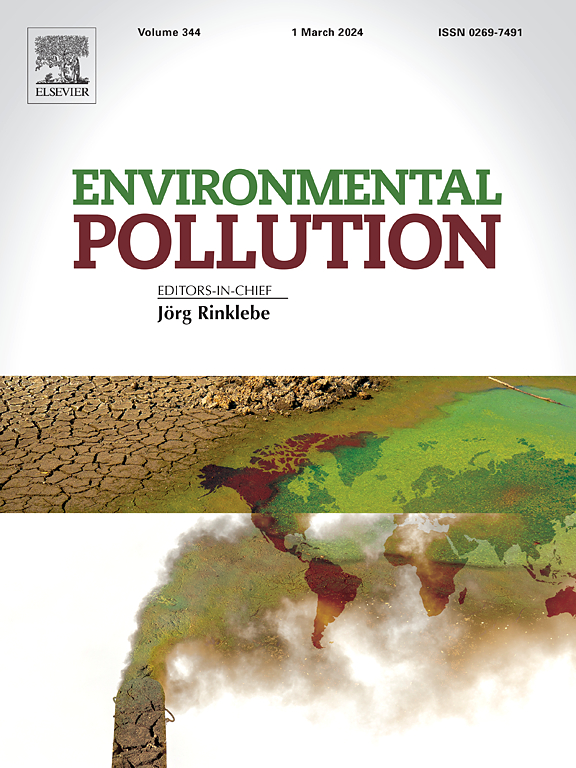Determination of VOC transport parameters in artificial skin and the influence of temperature on permeability
IF 7.6
2区 环境科学与生态学
Q1 ENVIRONMENTAL SCIENCES
引用次数: 0
Abstract
Skin exposure represents a persistent and significant pathway for human exposure to gaseous volatile organic compounds (VOCs), whereas the underlying mass transfer mechanism remains inadequately explored. In this study, we propose a novel method to determine the key transport parameters by exposing artificial skin to gaseous VOCs, specifically the diffusion coefficient (Dm) and partition coefficient (K) which characterize the absorption and desorption of VOCs into skin. The key transport parameters of several highly-concerned VOCs are extracted by integrating experimental data with a developed skin model. Reliability and robustness of the method are validated via repeated experiments and uncertainty analysis. Our results show that variations in the physicochemical properties of VOCs result in distinct mass transfer characteristics through artificial skin. We further calculate the absorption resistance and average daily dose (ADD), and find that elevated artificial skin temperatures facilitate increased VOCs absorption. These findings provide a basis for better understanding gaseous VOCs dermal exposure, which is essential for accurate health risk evaluation.


求助全文
约1分钟内获得全文
求助全文
来源期刊

Environmental Pollution
环境科学-环境科学
CiteScore
16.00
自引率
6.70%
发文量
2082
审稿时长
2.9 months
期刊介绍:
Environmental Pollution is an international peer-reviewed journal that publishes high-quality research papers and review articles covering all aspects of environmental pollution and its impacts on ecosystems and human health.
Subject areas include, but are not limited to:
• Sources and occurrences of pollutants that are clearly defined and measured in environmental compartments, food and food-related items, and human bodies;
• Interlinks between contaminant exposure and biological, ecological, and human health effects, including those of climate change;
• Contaminants of emerging concerns (including but not limited to antibiotic resistant microorganisms or genes, microplastics/nanoplastics, electronic wastes, light, and noise) and/or their biological, ecological, or human health effects;
• Laboratory and field studies on the remediation/mitigation of environmental pollution via new techniques and with clear links to biological, ecological, or human health effects;
• Modeling of pollution processes, patterns, or trends that is of clear environmental and/or human health interest;
• New techniques that measure and examine environmental occurrences, transport, behavior, and effects of pollutants within the environment or the laboratory, provided that they can be clearly used to address problems within regional or global environmental compartments.
 求助内容:
求助内容: 应助结果提醒方式:
应助结果提醒方式:


